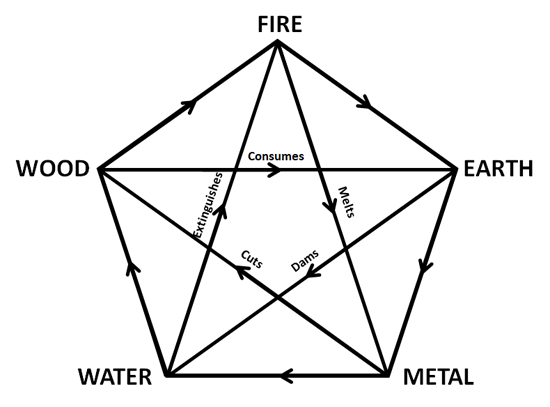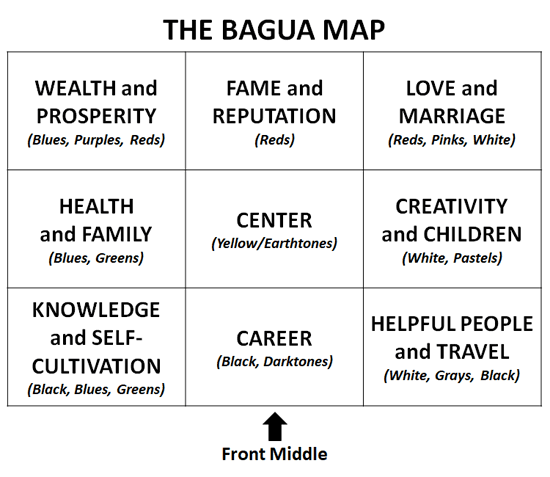In traditional Chinese thought, a life force or chi animates all living creatures and inanimate objects. This vital energy flows through each organ and system of the body and is influenced by neighboring chi. The proper movement of chi and blood within the body achieve health and balance.
Ancient China provides a practice to harmonize an individual’s chi with its surrounding environment: feng shui. Terah Kathryn Collins has adapted this wisdom for folks like me in her book, The Western Guide to Feng Shui: Creating Balance, Harmony, and Prosperity in Your Environment.
When friends first introduced me to Terah’s work, I was intrigued, but skeptical. How could placement of objects in my home, garden, and workplace have any bearing on my health? Then again, how could it hurt?
Feng shui creates space for energy to flow. When space has too much stuff in it, the chi can’t move freely. And when stuff sits around and gets dusty and unkempt (reflecting disuse), the chi stagnates. The solution? De-clutter! (I can definitely get behind that… and not just for Spring cleaning!)
Once all the old junk is out of there, feng shui seeks to strike a balance between yin and yang energy in each space. Yin represents the feminine, soft, cool/dark, earthy energy. Its elements are curved, rounded, low, small, ornate, wide, horizontal, floral. Yang represents the masculine, hard, warm/light, ethereal energy. Its elements are straight, angular, high, large, plain, narrow, vertical, geometrical.
Feng shui also seeks a balance of five essential elements: earth, metal, water, wood, and fire. The elements may be represented themselves (e.g., logs in a fireplace), be a part of another object (e.g., wooden furniture), or be represented by another object (e.g., a work of art, or a mirror for water). These elements bear a relationship to one another that could be disrupted by imbalance. For example, one of the ways I “balanced” the heat from our fireplace was to place a picture of a cool, snowy mountain scene above the mantel.

When placing objects, each space (e.g., house, room, back yard) gets divided into 9 equal sections, or baguas. Each represents an essential are of one’s life. Objects placed in those areas draw attention to positive results that one hopes to achieve. For example, my garage occupies the lower right section of my house. Since I’d like some adventure in my life, I added travel posters to the garage walls. It makes me think of weekend getaways and proves to be far more appealing visually than blank walls.

When applied over the shape of a house or room, certain areas of the bagua may be missing or short-changed. That imbalance exerts a negative influence on that area of one’s life. To compensate, one either places an external anchor to “fill out” the square or amps up the associated baguas in other rooms. For example, if a house shortchanged the Love and Marriage bagua, one might place a bird feeder in the corner where the bagua would have come to fruition and place relevant photos of oneself and one’s mate in the Love and Marriage section of each room.
I followed the template when we moved to Oregon. At the time, the stock market had taken a nosedive, and we both needed jobs. So, I paid particular attention to the Wealth & Prosperity and Career baguas. Within months, our financial fortunes were moving in the right direction.
I’m still rather skeptical when in comes to conversations around the mystical aspects of feng shui. I’m far more pragmatic and down-to-earth than ethereal in my worldview. But I think there’s something to be said for intentionality in all areas of one’s life, and feng shui provides an outlet for its expression.
Terah’s book is chalk full of good information, concrete examples, and hints and tips for correcting imbalances and making the most of one’s living and work spaces. I refer to it periodically and find the content quite engaging.